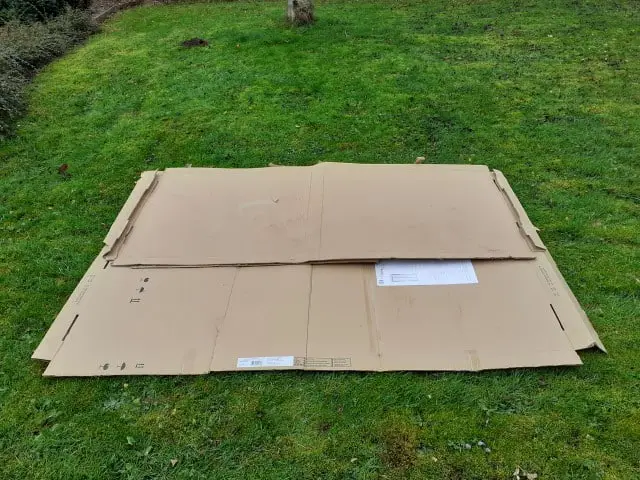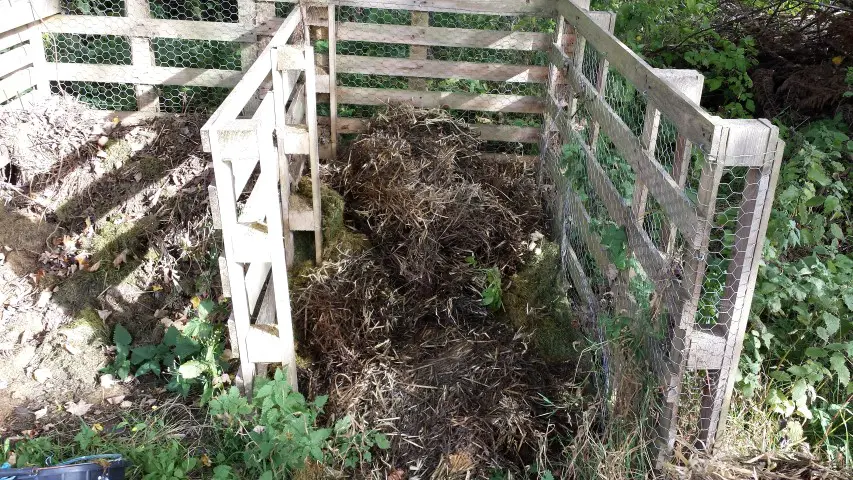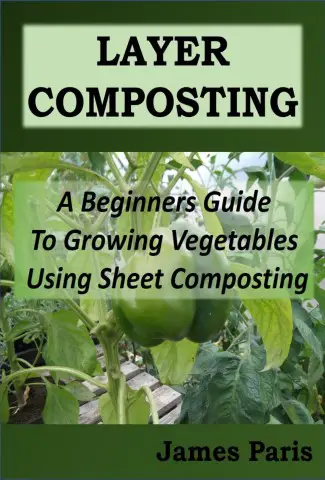
First of all it has to be said that there are 2 types of no dig vegetable gardening methods, both of which do require a degree of light digging – even if it is just to harvest the vegetables.
An example of the first type of no dig garden would be a Lasagna garden. This is a garden made up of layers and requires, even demands, that there is no soil to be turned over in the gardening process.
The only disturbance to the soil is when seedlings are being planted where a small hole has to be dug to insert the plant. Or indeed when the harvest of root vegetables such as carrots, beetroots, potatoes etc, must be dug up to be harvested.
The second type of no dig gardening, and perhaps the most popular method involves the Raised Bed garden method. And I do include the Square Foot or Grid garden method in this category.
With a Raised Bed garden the soil mix is made deliberately light and airy so that any cultivation of the soil is easily managed with light garden tools.
There are no heavy tools involved in this type of gardening and so it qualifies as a no-dig garden method.
Why use no dig gardening to grow vegetables
The fact is that no matter what system you use from the ones above, they are both more productive and easier to manage than traditional row garden methods for growing veggies.
- You can grow vegetables in much smaller spaces than in a traditional garden. This makes it ideal for town or city gardeners with little space to spare.
- No heavy tools or machinery required so no large shed taking up half the yard!
- Crops are planted closer together so more vegetables per square foot in a no dig garden.
- Raised beds are in particular easier to manage particularly for the elderly or physically challenged owing to the height which is adjustable to suit requirements.
- A No dig lasagna garden can be started over weedy or rough ground that would otherwise not grow vegetables at all.
- A typical no dig garden layout is a great way to use up and make productive, kitchen vegetable cuttings and other organic waste – even fallen leaves and other forest debris.
With all that said, here is how you could start your own no dig garden – whether or not you use a raised bed…
- Firstly select the location of your vegetable plot. Even if it is on a grassy area or an area covered with weeds. Just as long as it is not directly under low hanging trees where shade and insects can (and will) present problems.
- Lay down a thick layer of cardboard or several layers of newspaper over the entire area. This should be a maximum 4-foot-wide, so you do not have to stand on the area to tend your garden. Digging or loosening the soil before laying out the cardboard is not required.
- Cover the whole area with a 4 inch thick layer of compost/manure mix.
- Cover this layer with a 6 inch layer of straw, fallen leaves, kitchen vegetable waste and grass clippings.
- Complete the job with a 2-3 inch layer of compost/soil of a similar mix to that you would use in a raised bed.
- Let the whole lot settle for a couple of months or more, before planting out to get the best results.
This is the basis of all no dig garden techniques with slight variations on the theme so to speak.
Actual raised beds are bordered within a framework. Lasagna gardens have more layers with cardboard between them (hence the ‘lasagna’ title). But the system outlined here is how you could start your first basic no dig garden.
There is no need to be too particular with the depths or even the rotation of the materials. In fact it can b as deep as you like as long as you have the materials why not use them!
As long as the mix of nutrients and carbon materials are there, you will have a successful garden that requires no digging at all through out its lifetime – which is several years normally.
The no-dig pit method.
Another simple form of this method is to simply dig a hole in the ground – like a shallow grave! It only has to be about 12 inches deep and 3-4 foot wide to be effective.

Just line the bottom with cardboard, throw in a selection of vegetable scraps, straw, horse manure (if you can get it) grass clippings and leaf moult. Cover this over with a couple of inches of topsoil/compost mix and plant your veggies – job done!
This is a simple ‘rough-shod’ method that does actually work, even if you are a complete novice to vegetable gardening.
Sure enough, there is a lot of digging involved to begin with, but if you have poor quality or stony ground this is a sure way to grow your veggies even in poor soil conditions.
What vegetables can you grow in a no dig garden?
The type of vegetables that you can grow are only limited to your climate and your experience. What you are creating here is the ideal conditions that most vegetables demand.
I would only add that deep tap-root vegetables can be restricted in their growth until the material layers have sufficiently broken down. If you plan on planting carrots for instance I would set up the area in the preceeding fall to give it time to start composting down.
Plenty of nutrients like Nitrogen, phosphorus and potassium – the ‘Big 3’ primary minerals along with other macronutrients like calcium, magnesium, and sulphur.
– the ‘Big 3’ primary minerals along with other macronutrients like calcium, magnesium, and sulphur.
The straw, cardboard, and leaf moult provide essential carbon and bulk to the growing medium and should take up three quarters to four fifths of the mix altogether.
Once you have your no dig garden set up, all you have to do is choose your vegetables and watch them grow.
Happy planting!


